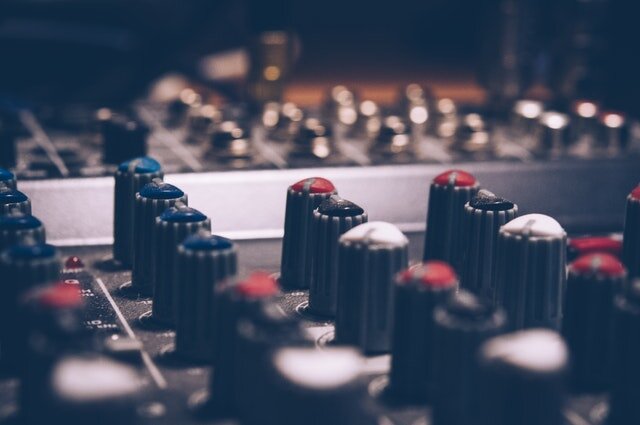Learn 5 Ways of Using Sound in Your Audiovisual Project
Learn how you can get the most out of the power of sound in your film
Although 2020 is just around the corner and a myriad of changes will certainly take place given the latest technological developments, until not so long ago there was a time when films were completely silent. We, of course, take sound for granted today.
Be that as it may, films used to lack all types of sound elements back in the day. Well, maybe they were not completely silent because cinemas quickly found ways to incorporate musical elements to enhance silent pictures, but early films and audiovisual projects lacked the rich, layered and dynamic uses of sound elements that shaped modern filmmaking.
In order for you to properly work with sound elements in your audiovisual projects, either by yourself or with sound professionals at an audio post-production studio, it’s important to first understand how the various types of sound elements in films play different roles, and how you can use them.
Diegetic Sounds
In the vast majority of audiovisual productions, capturing diegetic sounds is perhaps the most important audio concern. Diegetic sound refers to the actual sound of your film. That is, all those sounds that actually take place in your film, including dialogue lines and sounds made by the characters, sounds made by the environment, sounds that result from the moving of inanimate objects, music or sounds that also happen within the world your film takes place in, such an instrument being played or distant music.
Capturing this type of sounds is normally done through the contemporary methods of filmmaking. This, of course, includes the use of boom mics, audio recorders and the like. Diegetic sounds can also be crafted or replicated through other means at a later stage during post-production.
Non-diegetic sounds
Unlike diegetic sounds, non-diegetic sounds refer to all those sound elements that come from outside of your project’s world. These are mostly sounds which enhance and heighten the overall film experience for your audience by coming from sources that are not necessarily visible or present in the film, such as narration, other sound effects, sound elements that do not originate in the film’s environment.
Some examples of non-diegetic sounds can be found in films such as ‘The Royal Tenenbaums’ when Alec Baldwin narrates throughout the whole film or Hans Zimmer’s soundtrack in Christopher Nolan’s ‘Inception’. The difference between these, however, becomes tricky to spot when you have diegetic sounds originate in the project’s original environment then transfer into non-diegetic sounds as they become part of the film’s soundtrack.
Either way, working with non-diegetic sounds is normally done outside the traditional production; however, it is a pivotal part of the whole filmmaking process as it is used to craft other scenes, connect different themes and characters throughout the film, and essentially tie a project together.
Soundtrack options
Once you have set your mind on how you will (or would like to) use non-diegetic and diegetic sounds, you are presented with a sheer array of options, especially soundtrack-wise. In the ideal world, soundtracks are composed after you have gone through the editing part, where all the subtle thematics of your film are tailored accordingly.
Some indie filmmakers, especially those who work on tight budgets, prefer to find free or less expensive resources to come up with their soundtracks. Be that as it may, if you’re on the lookout for original scores to include them in your film, you can always reach an audio post-production studio or independent musicians who may be interested in collaborating with you.
Most filmmakers work closely with composers, like Christopher Nolan and Hans Zimmer, for example; however, there are different composing communities full of musicians and composers who, from time to time, post original soundtracks for fair use or offer to work for free on different audiovisual projects.
The importance of silence
It’s also worth mentioning that one of the most clever ways to make the sound more noticeable is to know when to not include it. Stylized moments of silence where either diegetic or non-diegetic sounds are removed can create cinematic moments that can engage your audience to a much deeper extent.
Foley and ADR
As mentioned in previous articles, another part of the sound in a film that can be either non-diegetic or diegetic is the art of ADR and Foley. Both processes refer to the re-recording of different sounds to either replace or enhance audio imperfections. Also, both processes can be used to craft additional sounds. Using sound effectively in your audiovisual project or film will engage audiences and help them become part of the world within which your story takes place. So be sure to look for the ideal partner, either a studio or independent people, to help you create the perfect soundscape to bring your film to life.
*The images used on this post are taken from Pexels.com


